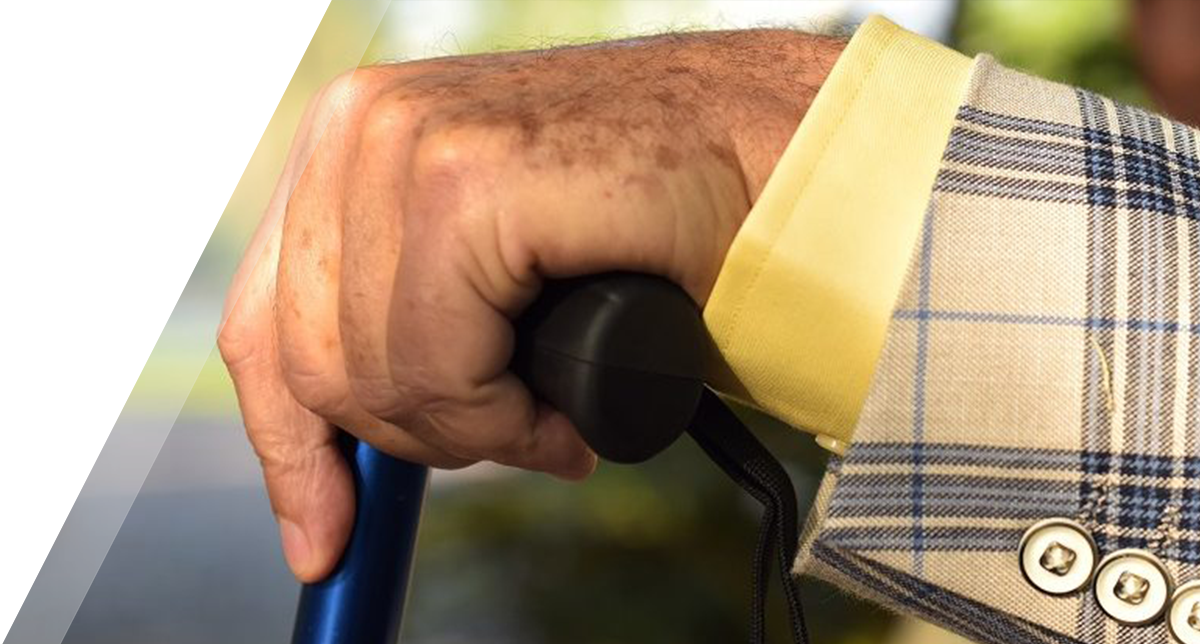Whether you or a loved one are recovering from an injury or are challenged by limited mobility due to advanced age, using a cane can prove very beneficial. A cane can help you stay balanced, walk more normally, and take weight off of a sore, injured or weaker foot, ankle, knee or hip. Using a cane can help you stay mobile, active and independent, but before you purchase your first cane, there are some items to consider.
KNOW THE BASICS
Round Handle or Standard Canes
These canes have a rounded crook handle and tend to be the most popular.

Straight-handle Canes or T-Handle canes
These canes are ideal for users with limited hand strength.

 Quad Canes
Quad Canes
These lightweight canes with 3 or 4 short legs provide the most support.
Large Base Quad Canes
These canes with a larger base provide additional support.
Small Base Quad Canes
These canes have a smaller base, but give more support than a standard cane. Generally, a Small-Base Quad Cane fits on an average depth stair.
CHECKING THE FIT
Similar to other mobility aids, the cane handle should be at the same level as your wrist when you are standing with your arm at your side.
MEASURE THE HEIGHT
- Wear your regular everyday shoes.
- Stand by a wall or chair for support.
- Put the hand you will use the cane with by your side. Someone may need to support you depending on your ability to balance.
- Measure from the ground to the crease of your wrist. This should be the handle height of the cane.
- Check your elbow bend. With the cane in your hand, your elbow should bend at a comfortable angle, about 15 degrees. You might bend your elbow slightly more if you’re primarily using the cane for balance.
- This is a starting point. You may want the handle higher or lower based on personal preference (usually within 1 inch).
If your cane is too long, you’ll need to work harder to pick it up and move it. If your cane is too short, you might have the tendency to lean to one side, which can throw you off balance.
SELECTING A GRIP
Generally, choosing a cane grip is a matter of personal preference. Consider a foam grip or a grip that’s shaped to fit your hand. If you have trouble grasping with your fingers — because of arthritis or other joint pains — you might prefer a larger grip.
Choosing the correct grip will relieve unnecessary stress on your joints and help prevent joint deformities. Numbness or pain in your hand or fingers might signal that your cane’s grip isn’t a good fit for your hand. Your physical therapist can help you choose the best grip for your particular situation.


.png)

.png)




